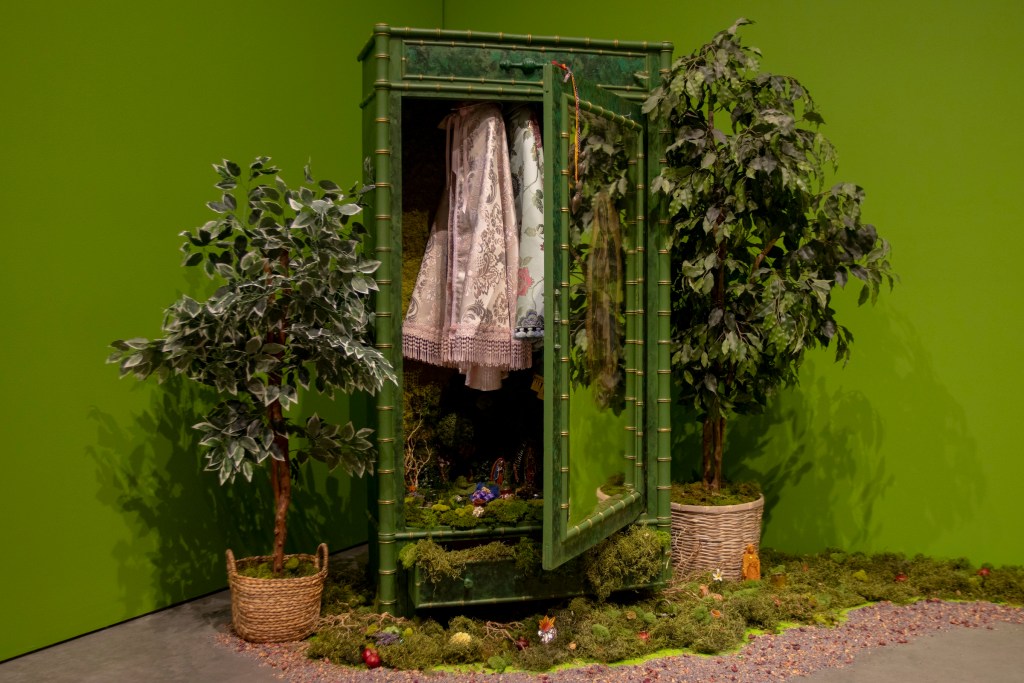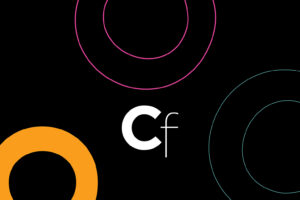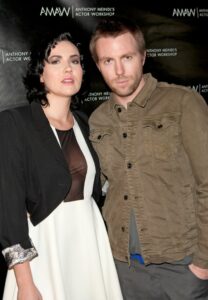10 Shows to See in Los Angeles This May


This month’s picks are about art’s ability to tell stories, and how those stories can reveal larger collective narratives. At Nazarian / Curcio, Widline Cadet reflects on her family’s immigration from Haiti through photo-based works. Akinsanya Kambon’s ceramic vessels draw on the vast Black diaspora, informed by his own life experience as a Black Panther and travels to Africa. At the Brand, Opulent Mobility gathers the work of artists who foreground issues related to disability, while Orange Curtain brings together three artists with roots in Orange County to broaden narrow notions about the region. A two-person show pairing Brian Sharp with his teacher, the late Denzil Hurley, highlights the importance of mentorship, and a recreation of Diane Arbus’s 1972 retrospective at the Museum of Modern Art in New York showcases the psychological intensity behind her revealing portraits, laying bare the complexities beneath the placid facade of American postwar society.
Widline Cadet: How Far is Soon?
Nazarian / Curcio, 616 North La Brea Avenue, Hollywood, Los Angeles
Through May 10

Through photography, video, ceramics, and sound, Widline Cadet traces threads of migration, family, memory, and identity. Shifting genres between portraiture, landscape, still life, and interiors, Cadet reflects on the connections and dislocations between the self and others, what we lose and what we retain as we move through life. She focuses specifically on her family, who immigrated from Haiti to the US, and how the ties that bind us fray over time and distance. In addition to her photographic work, this exhibition includes ceramic aloe plants from which unrelated flowers bloom, manifestations of continual transformation.
Denzil Hurley & Brian Sharp: Organized by Jonas Wood
Sebastian Gladstone Gallery, 5523 Santa Monica Boulevard, East Hollywood, Los Angeles
Through May 24

Pairing the work of late Barbadian-American artist Denzil Hurley with his onetime student Brian Sharp, this exhibition is a poignant recognition of how meaningful mentorship can be for young artists. Hurley’s thoughtful, deliberate abstractions balance geometric rigor with a meditative calm. Alongside each of these paintings is one by Sharp, who crafts similarly modest abstractions that pull from the patterns and motifs of the everyday. Rather than solely highlighting the works of these two individual artists, curator Jones Wood, who also studied with Hurley, has arranged a show that honors the space between them — and the often unseen intergenerational relationship between mentor and mentee that is deeply meaningful to so many artists as they develop.
Akinsanya Kambon
Marc Selwyn Fine Art, 9953 South Santa Monica Boulevard, Beverly Hills, California
Through May 31

Akinsanya Kambon’s ceramic plaques and sculptures were stand-outs in the Hammer Museum’s 2023 Made in LA biennial. His deftly crafted vessels depict myriad scenes and figures spanning the Black diaspora, from African mythology and Egyptian deities to themes of resistance and solidarity with contemporary resonance, reflecting his own life experiences. Kambon was born Mark Teemer in Sacramento, California, in 1946, served as a Marine Infantryman in the Vietnam War, and was the lieutenant of culture for the Black Panther Party Sacramento Chapter in the 1960s and ’70s. His work is deeply informed by his own Pan-Africanist beliefs and spirituality, which have evolved over several decades since his first trip to Africa in 1974. This is Marc Selwyn’s first show with Kambon, who will be the subject of a forthcoming documentary, “The Hero Avenges.”
The Orange Curtain: Edwin Arzeta, Jackie Castillo, and Marcel Alcalá
VSF OC, 119 North Prospect Avenue, Tustin, California
Through May 31

Behind the stereotype of Orange County as a culturally vacant, conservative stronghold lies a more nuanced reality of a diverse and robust, if modest, art community. That community recently gained a new member when LA-based gallery Various Small Fires opened a new outpost, VSF OC, in the city of Tustin. Their inaugural exhibition, The Orange Curtain, borrows a phrase connoting this supposed ideological and cultural gulf between the OC and Los Angeles County to the north, and features three artists with roots in the area. Jackie Castillo uses photography and sculpture to reflect the changing built environment of the Southland, while Edwin Arzeta’s floral works on paper contain a delicate lyricism that conjures naturalist drawings as much as graphic street art and Marcel Alcalá’s jubilant canvases are fearless affirmations of Latinx queer identity.
Carolee Schneemann
Lisson Gallery, 1037 North Sycamore Avenue, Hollywood, Los Angeles
Through June 7

Lisson’s current Carolee Schneeman exhibition, the late artist’s first solo show in LA, includes work the artist produced during the 1980s, highlighting her materially adventurous multidisciplinary practice. The centerpiece is “Video Rocks” (1987), a field of 180 hand-cast “rocks” accompanied by five monitors playing scenes of people and animals walking across it. Several brightly colored, impressionistic sketches related to the installation hang nearby. Also on view are selections from her Lebanon Series (1981–99) that mix abstraction and photography to confront the nation’s violent civil war. Part of this series, the Dust Paintings (1983–86), incorporates circuit boards, glass, ash, and vegetable dye on rag paper to create surfaces whose material complexity is both alluring and challenging.
Cataclysm: The 1972 Diane Arbus Retrospective Revisited
David Zwirner, 606 North Western Avenue, East Hollywood, Los Angeles
Through June 21

Diane Arbus’s stark black and white photographs convey the deep psychological intensity of her subjects, from marginalized outsiders to children and families, peeling back the veneer of postwar American life. In 1972, a year after Arbus took her own life, the Museum of Modern Art mounted a posthumous retrospective of her work with 113 photographs, including her only portfolio, A box of ten photographs (1969). It was the most-attended solo show in the museum’s history at the time. Organized by David Zwirner and Fraenkel Gallery, Cataclysm faithfully recreates this groundbreaking show, offering contemporary audiences an opportunity to experience the influential exhibition over 50 years later.
Opulent Mobility
Brand Library & Art Center, 1601 West Mountain Street, Glendale, California
Through June 21

Opulent Mobility was founded by A. Laura Brody in 2015 as a platform for disabled artists and those who tell stories about disability. Curated by Brody and Anthony Tusler with students from the Glendale Unified School District, this group show features painting, sculpture, video, and fiber works by artists who engage with issues surrounding disability, access, and the body. Highlights include Amabelle Aguiluz’s steel and fiber nets, Larissa Nickel’s exquisite corpse video loops, and Jaklin Romine’s Access Denied photography series (2015–ongoing), depicting the artist in her wheelchair outside of inaccessible art spaces.
One Last Thing Again
Benton Museum of Art, Pomona College, 120 West Bonita Avenue, Claremont, California
Through June 29

Part limited edition art object, part high-end periodical, THE THING Quarterly was an enigmatic publication with each “issue” conceived by a different artist, writer, designer, or musician. Produced by artists Jonn Herschend and Will Rogan between 2007 and 2017, the project was defined by creative freedom and meticulous craftsmanship. Issues included Gabriel Orozco’s wooden boomerang, a bottle of maple syrup by Shannon Ebner, and a postcard of the world accompanied by a drinking glass meant to catch spiders by Amanda Ross-Ho. One Last Thing Again showcases every edition, including a pair of text-covered glasses by author Jonathan Lethem, in connection with the exhibition Jonathan Lethem’s Parallel Play: Contemporary Art and Art Writing, also on view at the museum.
Amalia Mesa-Bains: Archaeology of Memory
The Cheech Marin Center for Chicano Art & Culture, 3581 Mission Inn Avenue, Riverside, California
Through August 31

Archaeology of Memory is the first major retrospective dedicated to the work of pioneering Chicana artist and curator Amalia Mesa-Bains. Throughout her career, Mesa-Bains has mined Mexican and American narratives, examining Indigenous and colonial hybridities, often through the lens of her own family history. Spanning 45 years, the exhibition features over 40 works, from her large-scale installations and altars to more intimate handmade books and prints. Notably, it includes her most recent sculpture, “Celestial Cihuateotl” (2024), a wood and glass assemblage focused on the Mexica afterlife of women who died during childbirth.
Eva Aguila: Vino de Sangre
Vincent Price Art Museum, 1301 Avenida Cesar Chavez, Monterey Park, California
Through September 13

Catholic missions once extended all the way from Northern California to the southern tip of Baja, key outposts of the Spanish Empire in what was then called “Nueva España.” In her first solo museum exhibition, Eva Aguila investigates legacies of colonialism by looking at the cultivation of the Mission grape and the history of wine production throughout the mission system. She examines this entanglement of agriculture and conquest in Vino de Sangre, which includes ceramic vines, linen stained with colonial texts written with grape ink, and videos filmed at important mission sites on both sides of the US-Mexico border.



